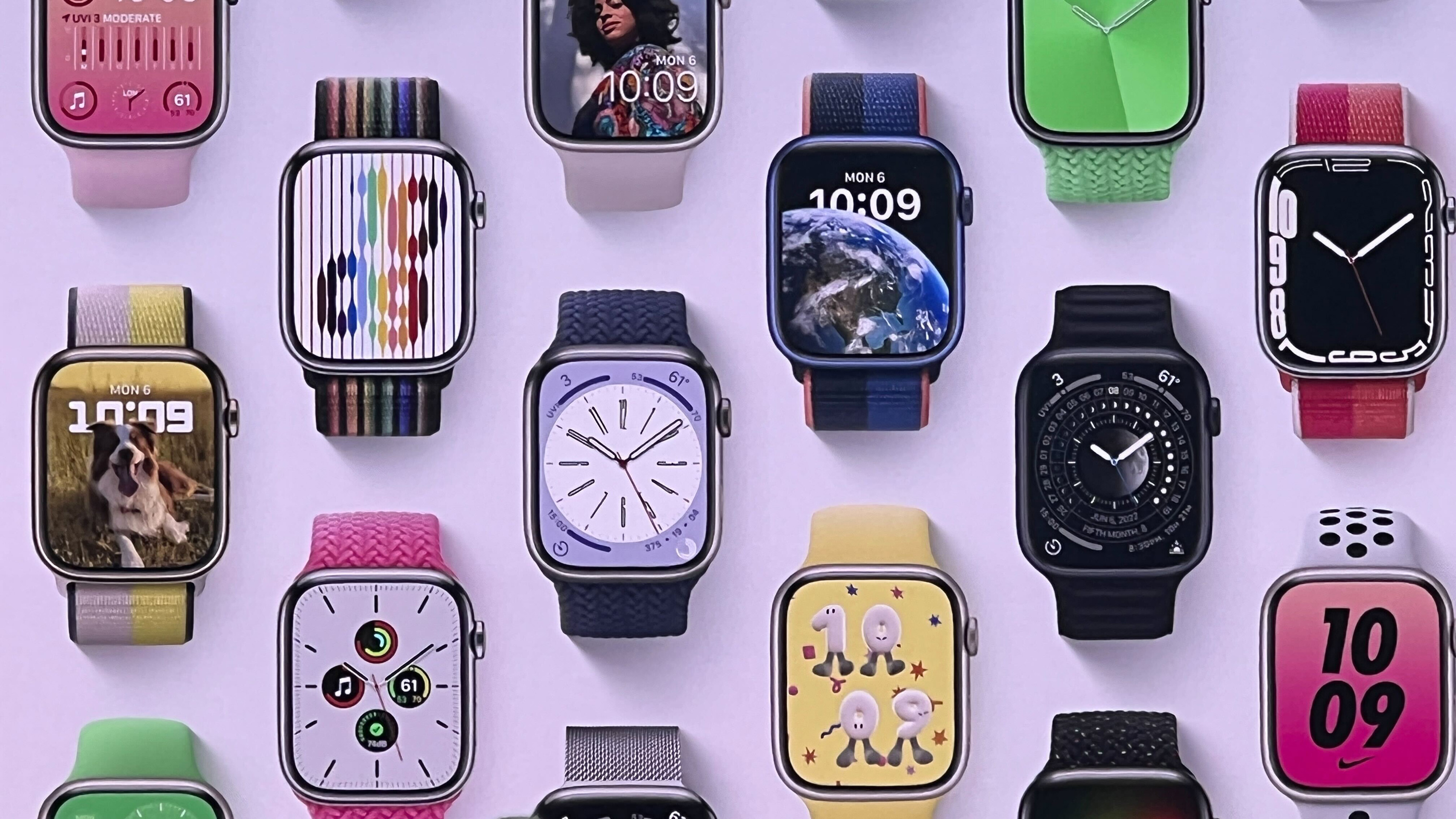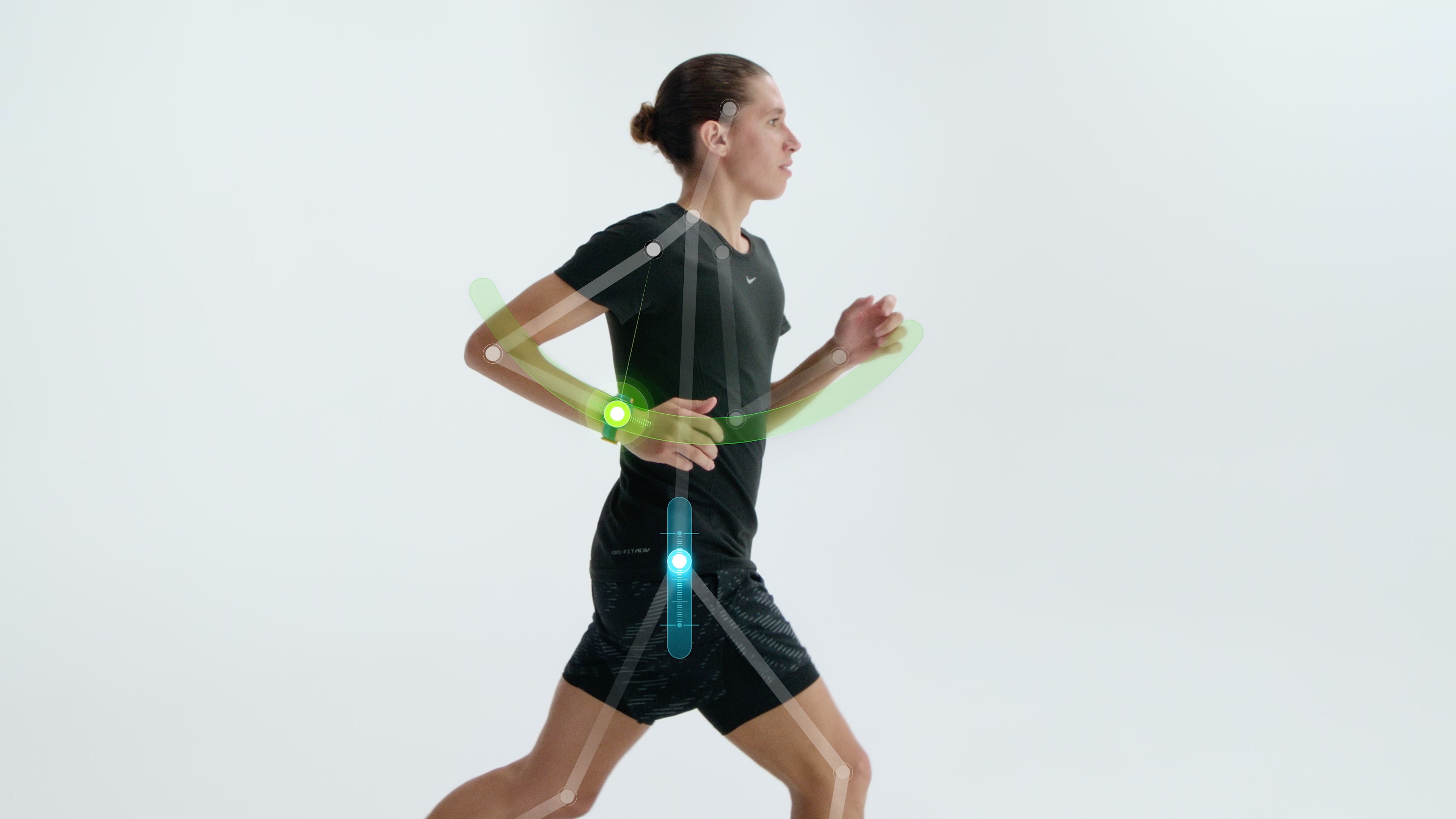3 new Apple Watch fitness features you need to know about

The Apple Watch Series 8 family has arrived, and that means all of us Apple Watch owners get a fresh new version of Watch OS as long as you have a Watch Series 4 or newer.
This new version is called watchOS 9, and has a bunch of new and genuinely useful fitness and exercise features.
One of our favorites is not out until later this year. In a coming update, you’ll be able to race against your previous times, attempting to beat your own PBs. This is dead handy if you tend to run the same routes or, for example, like to regularly take part in park runs around the same course.
However, today we’re more interested in a few of the new features you may not have tried yet, but can use today. Here are our top picks:

1. Running power
watchOS 9 adds a a new metric called running power. If you deal with the electricity bill at home, you may be familiar with the stats it puts out, as it assesses your runs in terms of watts.
This is the number one stat techy cyclists live by, whether riding indoors or outdoors. And the reasons are exactly the same as those that make Running Power worthwhile (for some of you) in the Apple Watch.
It is a calculation of the effort you put in. Start running up an incline at the same pace and your running power will increase. Go downhill and it will decrease.
Sign up for breaking news, reviews, opinion, top tech deals, and more.
We wouldn’t recommend speeding up dramatically on a downhill stretch to keep your running power level. That sounds like a short route to injury. But it can be a very useful way to manage your exertion level on longer inclines — something pace alone can’t provide. You could consider it an alternative to managing your runs by your heart rate. Use whichever feels better after you’ve tried both..
Other watches already offer a similar metric. Garmin added it as a “native” feature recently in its Forerunner 255 and 955 watches, but you’ll need either a Garmin HRM-Pro heart rate strap or Running Dynamic Pod to get it working.
Coros watches and some Polar models offer running power stats without extra hardware, just like Apple. But it’s kind of unusual to see Apple pull ahead of Garmin in the fitness stakes with watchOS 9.
However, the feature only works when you run—even walking/hiking won’t bring out these stats. It’s also not really worthwhile comparing you stats with those of a friend who owns a Garmin/Coros setup. You’re not going to get super-accurate stats with algorithmically generated power readings, which are possible when using a power meter on a bike. You should compare them to your own stats, as each brand effectively sets its own baseline.

2. Running Dynamics
There’s more good news for runners with watchOS 9. It brings pretty advanced running dynamics, recording stride length, vertical oscillation and ground contact time.
Stride length should be pretty obvious. It’s the distance you cover with each set of strides — right (or left) leg leaving the floor, to hitting the floor again in the next run cycle.
Vertical oscillation is how much you move up and down as you run. This is usually recorded from the torso, as it avoids having to deal with the added complication of arm movement. But Apple, those clever kids, accounts for this in its calculations.
Ground contact time is the temporal gap between the first part of your foot touching the ground, to it entirely losing contact with the floor.
You may want to dig deeper into these stats once you’ve gone beyond goals like running 5km or 10km in X number of minutes, because they are indicators of your running technique.
Lower vertical oscillation is generally considered better, as you are expending less energy on movement that is not propelling your forwards. Improving, reducing, your ground contact time is largely a case of improving your biomechanics, how efficient your legs are.
The general advice is to start adding fast segments into your workouts. But you should also see some improvement to ground contact time as your reduce vertical oscillation.
Stride length is going to be determined by your height and leg length, but can be a useful metric to watch as you try to improve your form.
These stats aren’t going to be useful for everyone. But they are a way to get empirical feedback if you work with a trainer, or even a set of YouTube videos, to try to run more effectively — altering how you run, not just how fast or how long.

Customisable workout views and workouts
Perhaps the most useful set of new features in WatchOS 9 is the simplest. The screens you can see while working out are now far more comprehensive.
Why break the trend of the day? Let’s use running as an example. In previous versions of watchOS you had one page of stats while running. Five stats are visible at once. You could customize these stats on your iPhone if you dug a bit deeper, but we wonder how many people realized this was even possible.
Mid-exercise is an order of magnitude more diverse in WatchOS 9. There are optional displays for running power, heart rate zones, your activity rings, and elevation. Apple also offers two customizable workout screens, similar to the lone one we used to get.
Unless we get totally obsessed with running power, we are probably more interested in these dual tweakable screens than the glitzy pre-set additions.
However, this represents the Apple Watch’s mid-exercise info expanding out to become much more like that of a dedicated fitness watch. Great stuff. You can thank the Apple Watch Ultra for this, because it’s aimed squarely at folks who might normally consider buying a Garmin, Coros, Polar or Suunto watch instead.
Apple takes the customization further, letting you also create custom workouts. You’ll be familiar with the style of these if you’ve ever tried a couch to 5K program. You can set goals, by distance or time, and intersperse efforts with cooldown sections. To make one of these, tap the three-pip icon in the workout selection screen and then Create Workout.

Andrew is a freelance journalist and has been writing and editing for some of the UK's top tech and lifestyle publications including TrustedReviews, Stuff, T3, TechRadar, Lifehacker and others.